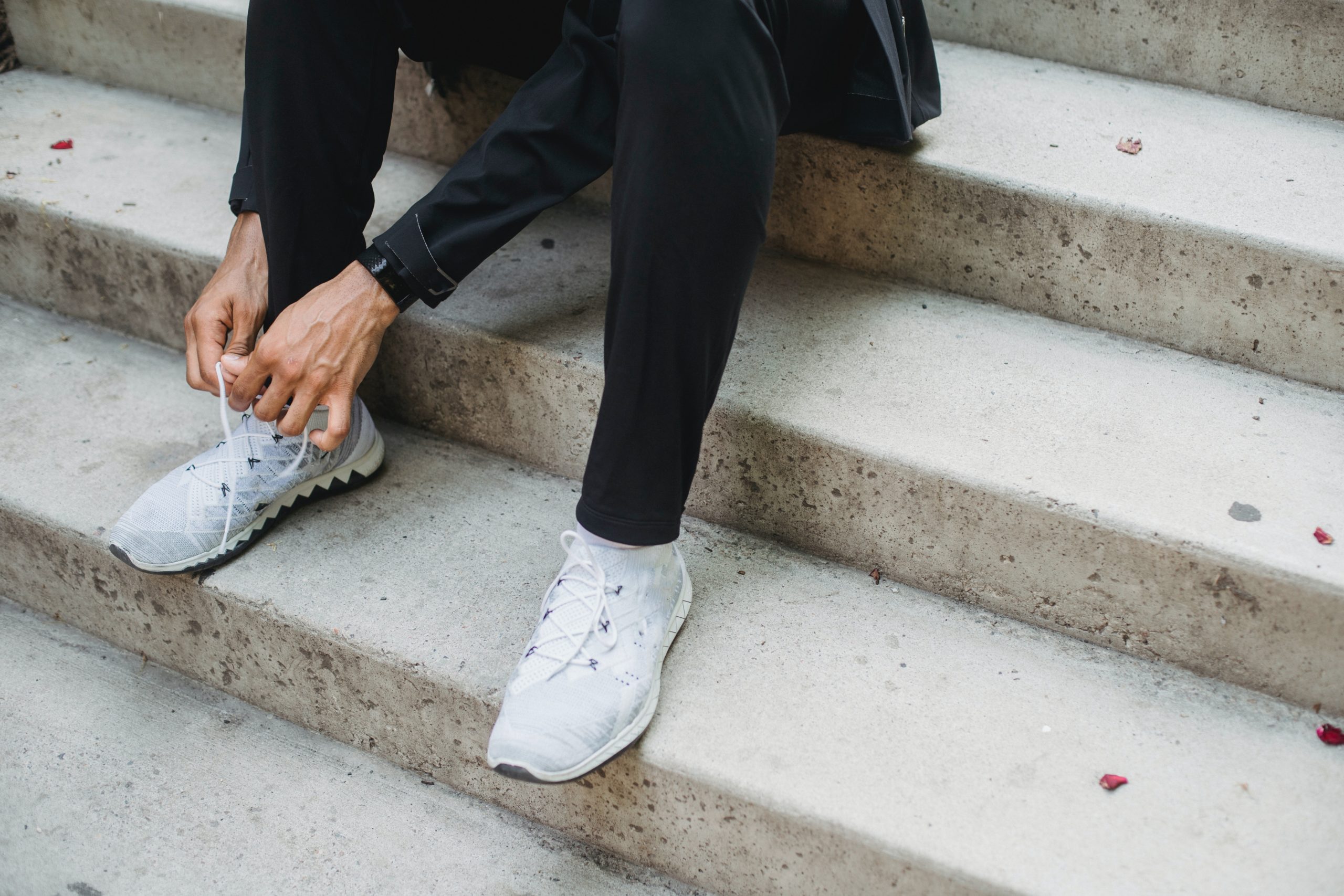
Spring is right around the corner (recently, it’s been feeling like it’s here already), and walkers and runners are gearing up to get outdoors. And part of that means choosing the right footwear for their preferred activity. In today’s post, Dr. Eric Ricefield, Dr. Mark Yagodich, Dr. Aliza V. Eisen, and Cassandra Stache, DPM of greater Philadelphia’s Your Next Step Foot and Ankle Care Center share what you need to know regarding the difference between the two types of shoes.
Wearing the right type of shoes is essential to keeping your muscles and joints healthy when you go out for a walk, hike, or run. While you may think that just buying a pair of expensive shoes allows you to engage in any type of activity, that’s not true. The body responds differently to different kinds of exercise, especially walking and running, because you use your feet in different ways.
Runners: If you run, you probably bring your foot down first on your heel and then roll forward toward the ball of your foot. You might also land on the ball of your foot first before pushing off. A lot depends on your comfort level and style of running. Because it’s a higher-impact exercise, each time your foot comes down when running, your body absorbs about three times your body weight.
Walkers: On the other hand, most walkers walk pretty much the same way. The heel of the foot contacts the ground before the foot rolls forward to the ball of the foot and the toes. With less impact, your body absorbs approximately one and a half times your body weight.
Here are four main differences to keep in mind.
Heels: Running shoes have thick heels for more cushioning. When walking, a thick heel can cause shin splints or tendinitis and can even cause tripping. Walking shoe heels are more beveled.
Sole: Walking shoes have more bend and flex, while the soles on running shoes are stiffer.
Weight: Walking shoes aren’t really heavy, but they’re typically heavier than running shoes. This is because running shoes are lightweight for moving faster.
Motion Control: Since the rotation of the foot is more overstated when running, most running shoes provide motion control to keep the foot neutral. Walking shoes provide less stability because it’s not needed.
Whether you’re a runner or a walker, having the right shoes is key. Both types will offer good support for between 300 to 500 miles. And because of the cardiovascular advantages, both activities will help keep your heart beating strong.
If you need help choosing the right shoes for your preferred activity, or you’re having any issues with your feet, contact Greater Philadelphia’s Your Next Step Foot and Ankle Care Center to schedule a consultation. You can click here to locate contact information for the office nearest you to book your appointment. We also have an in-office shoe store for your convenience.
